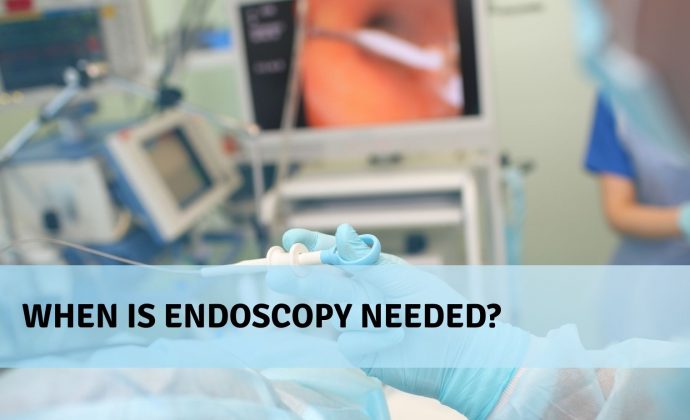
WHEN IS ENDOSCOPY NEEDED?
Endoscopy is a non-surgical procedure used to examine the condition of a person’s digestive tract using an endoscope. Reporting to WebMD, endoscopy is needed when a person experiences unusual symptoms, so doctors need to examine the internal organs to look for the source of the disease.
Some of the symptoms that require an endoscopic procedure, namely dysphagia, abdominal pain that does not go away, gastritis, chronic constipation, prolonged diarrhea, and bleeding in the gastrointestinal tract are characterized by bloody stools and the growth of polyps in the large intestine. An endoscope can also be used to perform a biopsy (removal of a small sample of tissue) to look for the presence of disease.
Endoscopic Retrograde Cholangiopancreatography (ERCP) is used to treat bile duct and pancreatic problems by combining upper gastrointestinal endoscopy and x-rays. Meanwhile, Endoscopic Ultrasound (EUS) is used to examine the lining and walls of the upper digestive tract. EUS also provides excellent images of the organs located next to the digestive tract, such as the bile ducts, lymph nodes, and pancreas.
Source:
WebMD. Digestive Disease and Endoscopy. Accessed from https://www.webmd.com/digestive-disorders/digestive-diseases-endoscopy on 2022.
The NIDDK. Endoscopic Retrograde Cholangiopancreatography (ERCP). Accessed from https://www.niddk.nih.gov/health-information/diagnostic-tests/endoscopic-retrograde-cholangiopancreatography on 2022.
NHS. Endoscopic Ultrasound Examination (EUS). Accessed from https://www.nbt.nhs.uk/our-services/a-z-services/endoscopy/endoscopy-patient-information/endoscopic-ultrasound-examination-eus on 2022.
Image source: Yuriy





 Users Today : 385
Users Today : 385 Total views : 2129262
Total views : 2129262 Who's Online : 3
Who's Online : 3